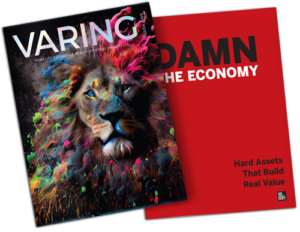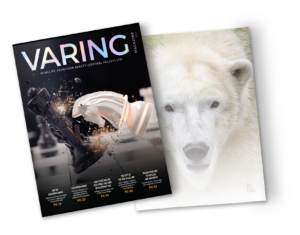Agricultural Land Commission Remains Focused on Protection and Food Security
The Vancouver region has been facing a land shortage for years, with the urban containment boundary adding just 400 acres in 2022, equivalent to one year's worth of new supply. The Agricultural Land Reserve (ALR) is frequently cited as a primary contributor to the land shortage in the South Coast of British Columbia. The ALR was established 50 years ago to preserve agricultural land by cutting agricultural land loss by 90%. It covers approximately 11.5 million acres, or 5% of the provincial land base. About 1% of that land is in Abbotsford and Chilliwack, where the agricultural sector's gross farm receipts make up 40% of the provincial food receipt total. The Fraser Valley area is a top producer of dairy, poultry, pigs, berries, broccoli, sweet corn, cauliflower, and Brussels sprouts.
Within Metro Vancouver, only 50% of the 150,000 acres are being utilized for farming, and the remaining 75,000 acres are either not farmed with potential or not farmed and unavailable. Developers could benefit from these unused lands if they were deemed usable. Industrial land pricing is approaching $10 million per acre, and rental rates are the highest in the nation at $18 per square foot, with an annual increase of 15%. The industrial leasing market remains hot, with demand exceeding supply in a 1% vacancy environment.
Developers and municipalities are adopting new approaches to utilize the existing industrial land base to cope with the shortage of land. For instance, the first two-storey distribution building in Burnaby South will arrive in September, providing a local proof-of-concept to the development community that 700,000 square feet can be split evenly across two floors, with accessibility on upper floors for distribution use. Light-industrial developments are also being built, accommodating direct-to-vehicle loading on the second floor or heavy-duty elevator access on floors above. A large-scale, multi-level, robot-serviced warehouse also began construction in Burnaby this year, demonstrating the local development community's innovation.
The agricultural community is also getting in on the "stacked" concept, with the Agricultural Land Commission approving ALR land for vertical farming earlier this year. The concept is designed to minimize land use and control the use of light, air, water, and nutrients. This approval is part of the StrongerBC Economic Plan, which aims to establish British Columbia as a global leader in agritech. The pandemic and recent flooding linked to climate change have led the province to focus on local food security issues and how best to address these concerns.
Despite the urgent need for more land, changes to the governance of the ALR are unlikely to happen. Agricultural land that has historically been underutilized or "not farmed and unavailable" and eyed by developers is more likely to be considered for new innovative farming initiatives that could lead to greater regional food security.
ABOUT PAUL RICHTER: He is the Director of Market Analytics at CoStar - the leading provider of commercial real estate information, analytics and online marketplaces. Paul has worked with teams of dedicated analysts, across the country, to help clients make more informed decisions related to their commercial real estate businesses.
Interested in more updates like this?
Get news articles, advice, and market activity straight to your inbox.

